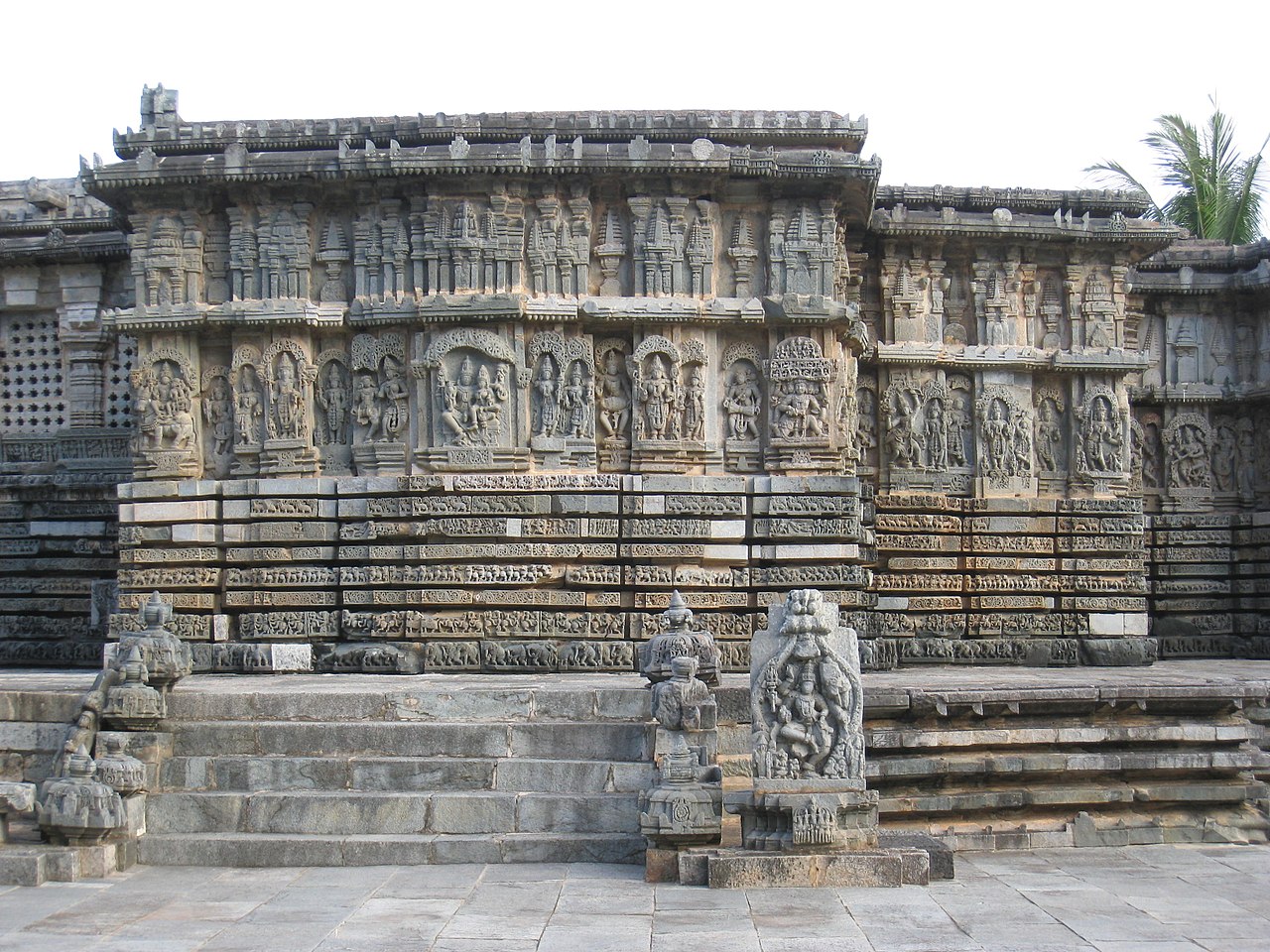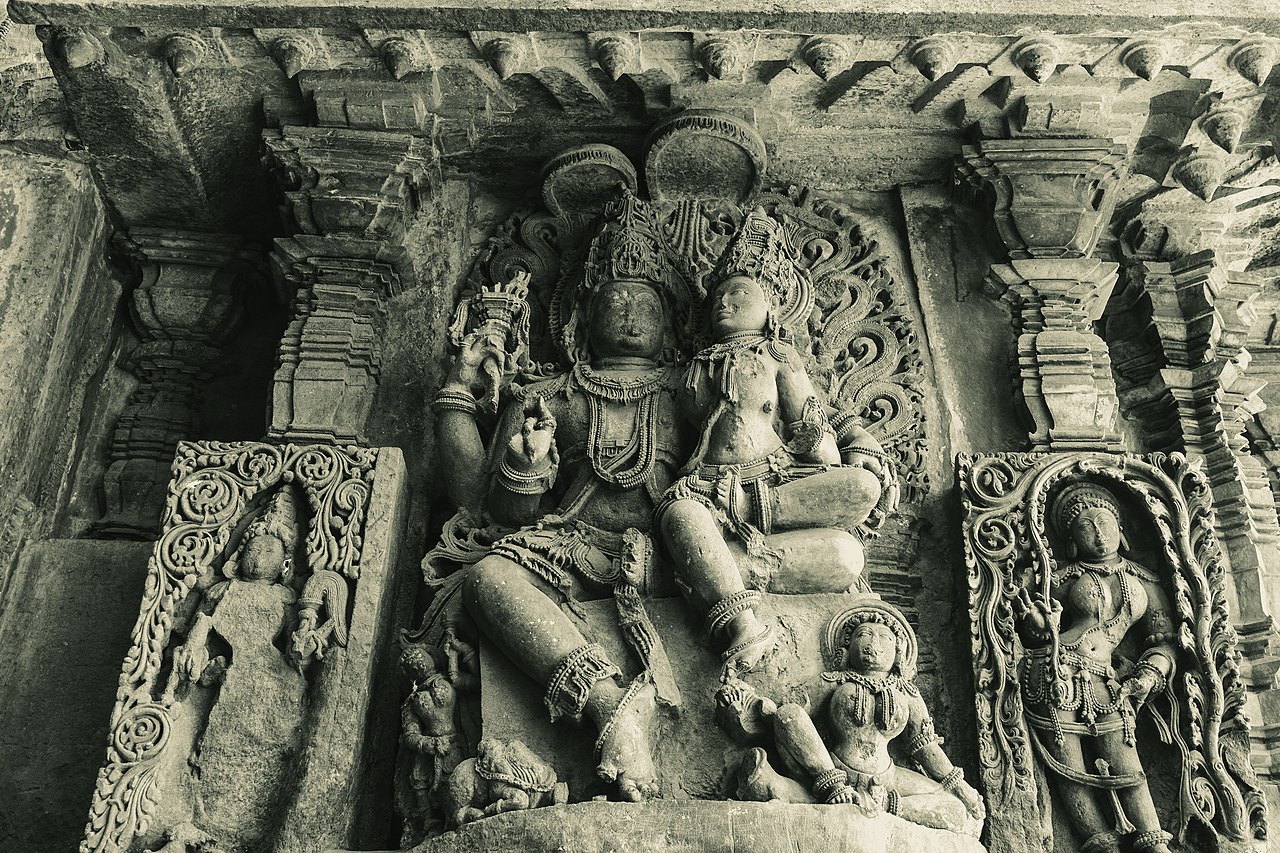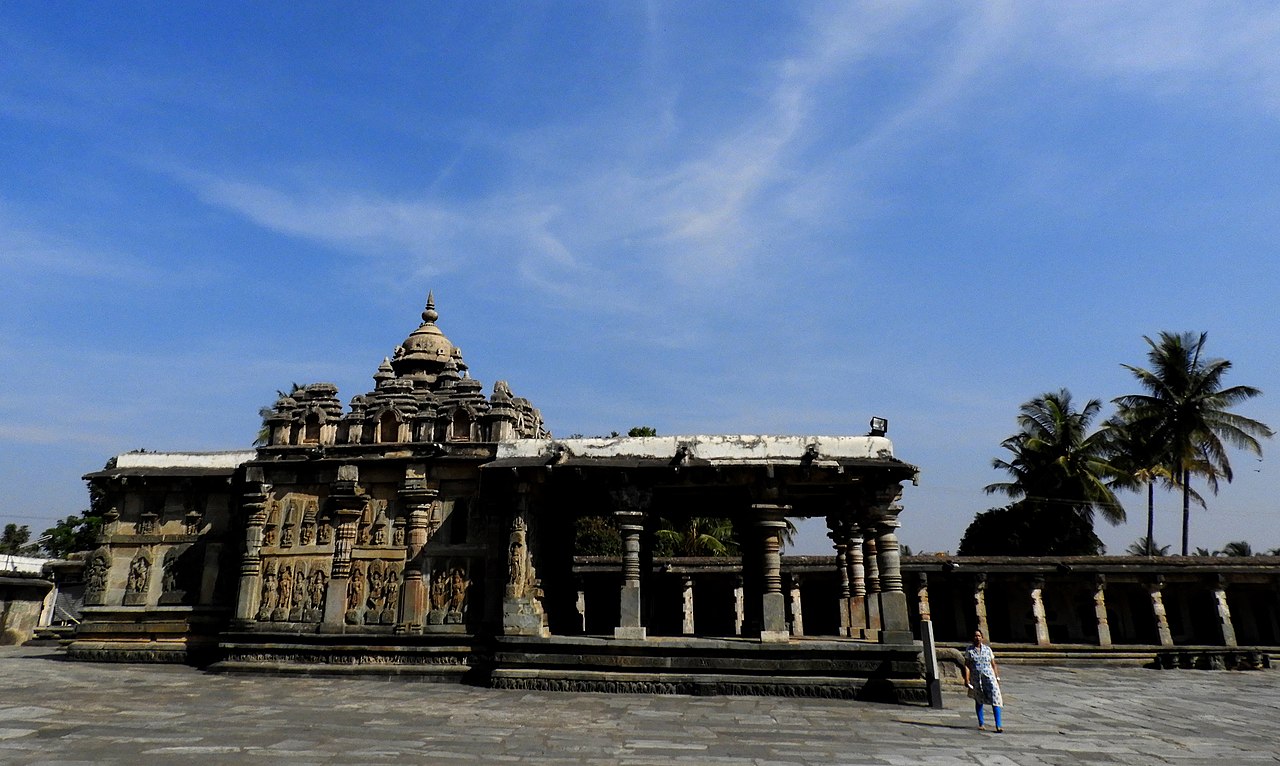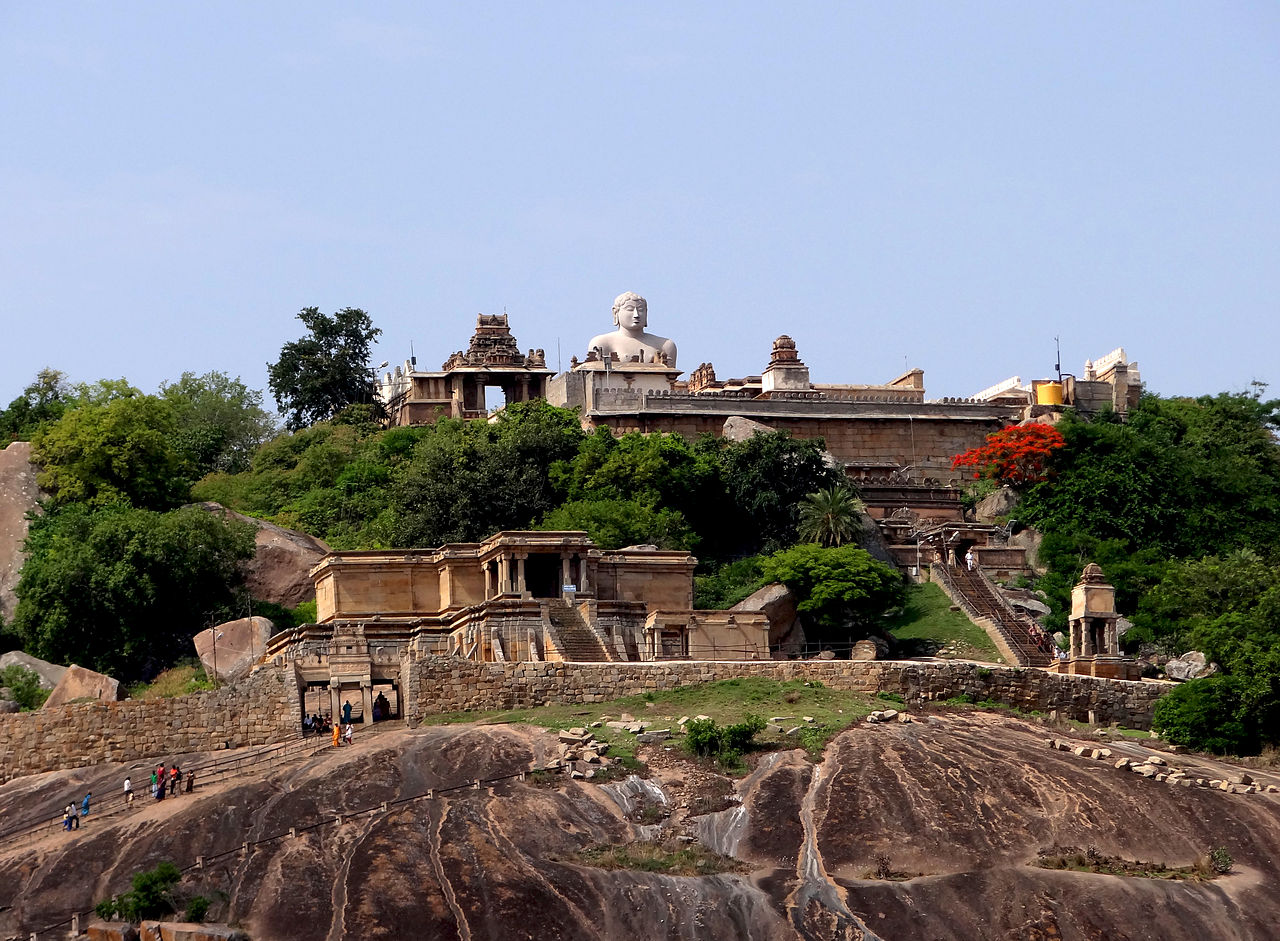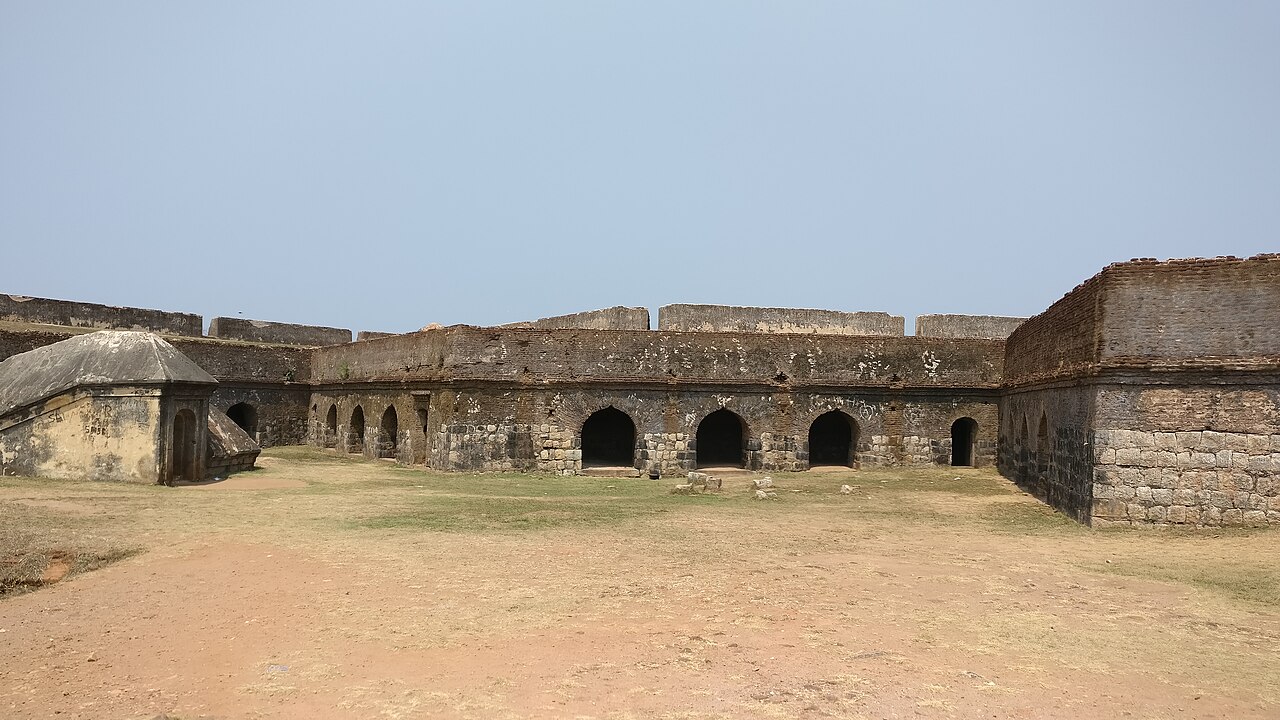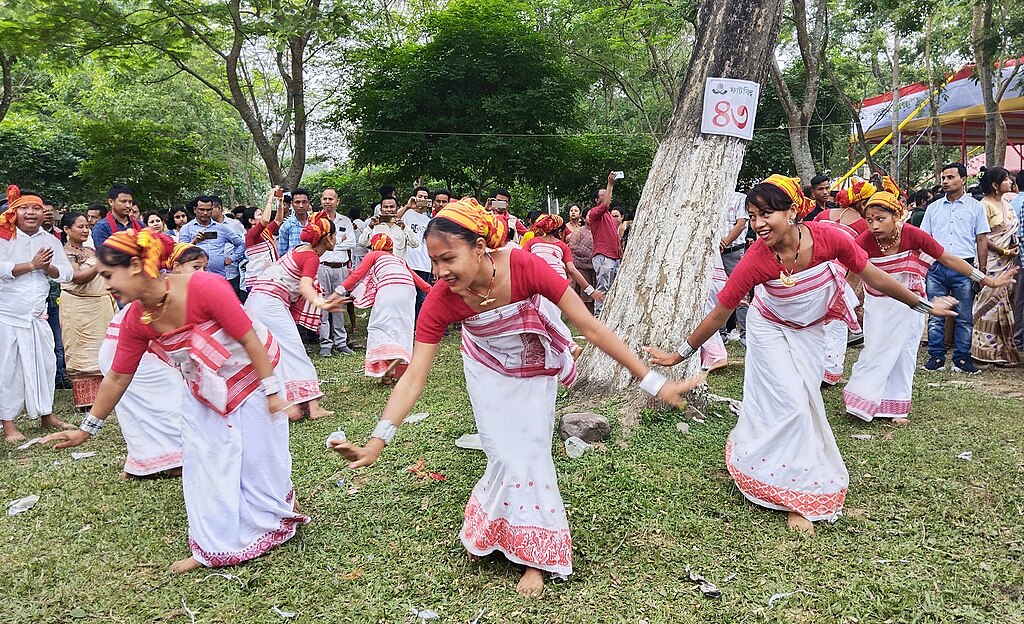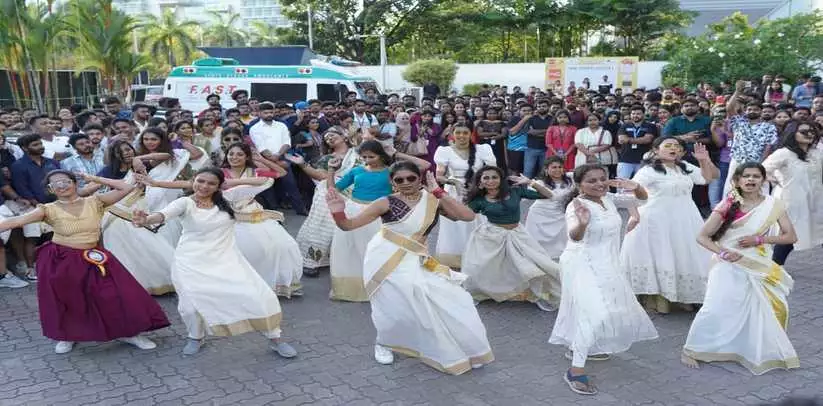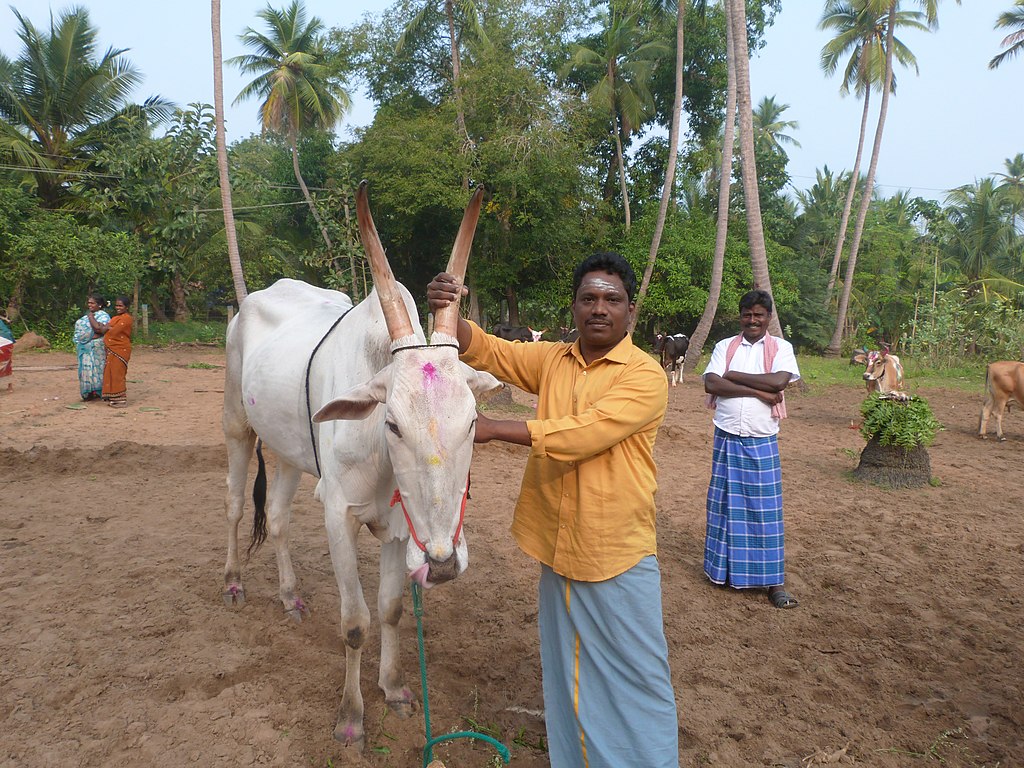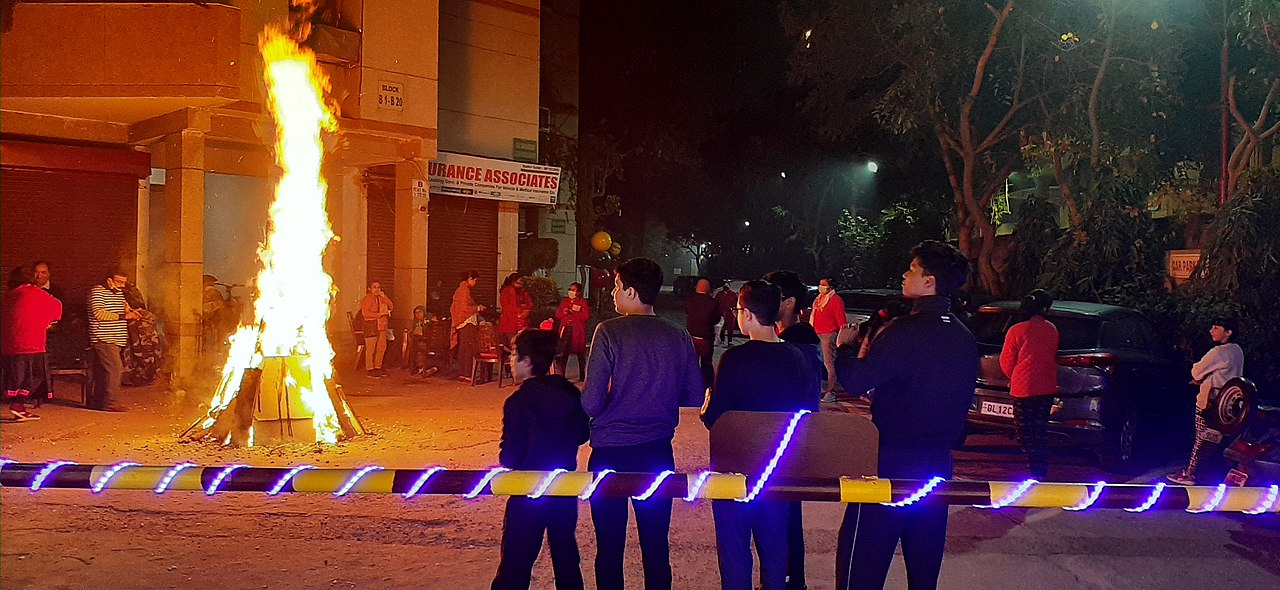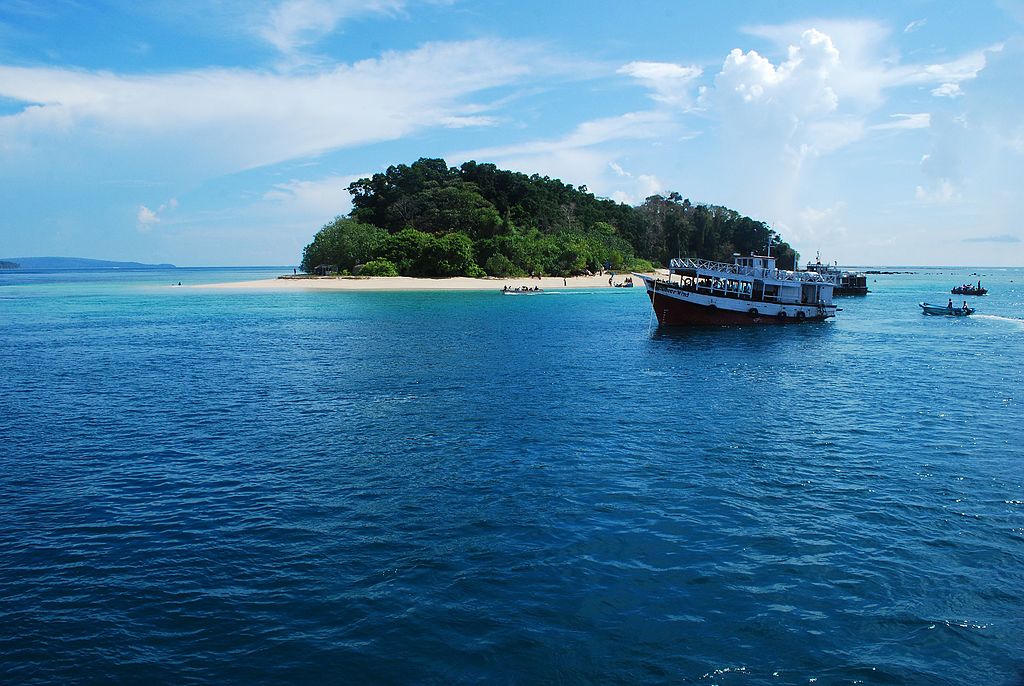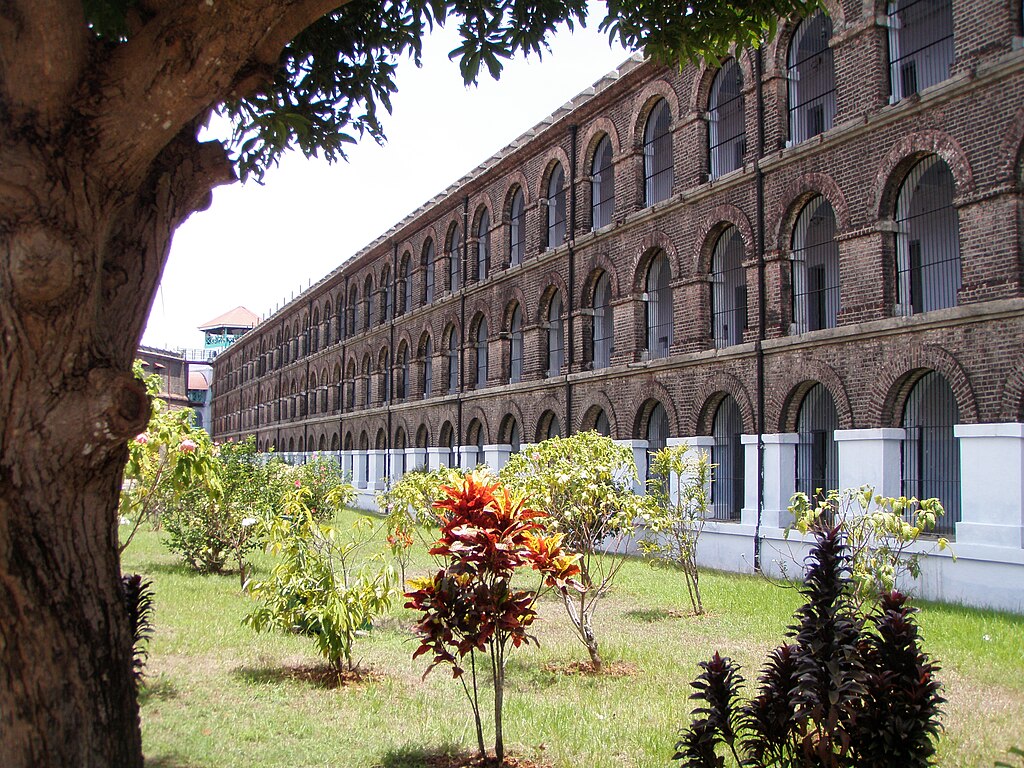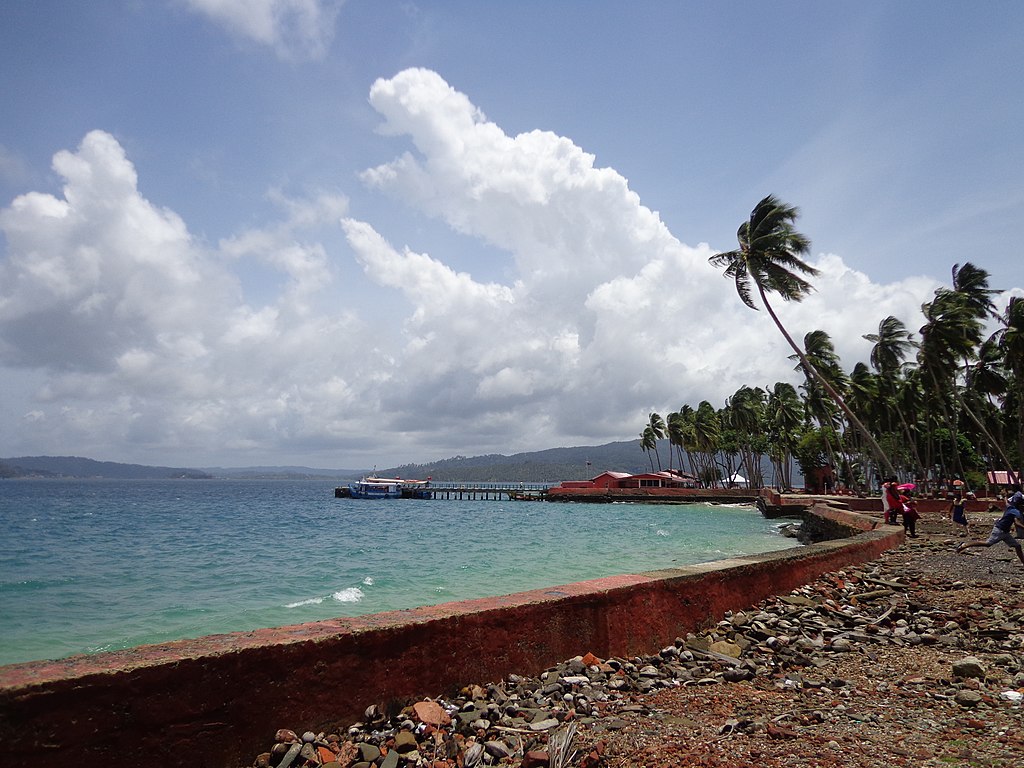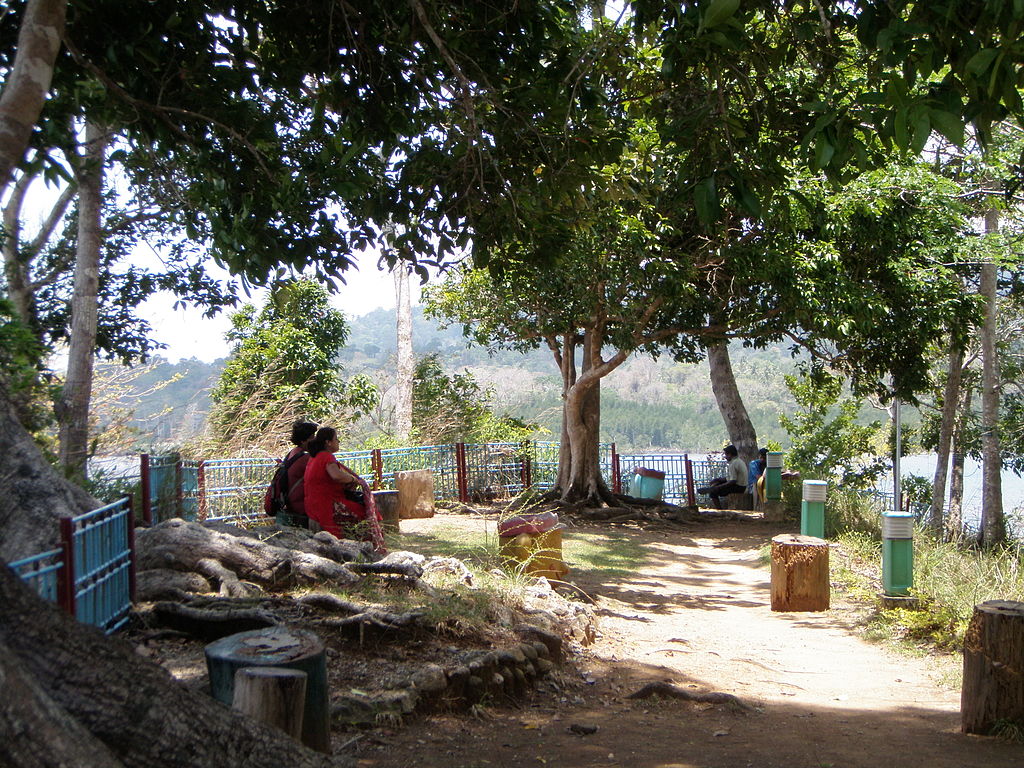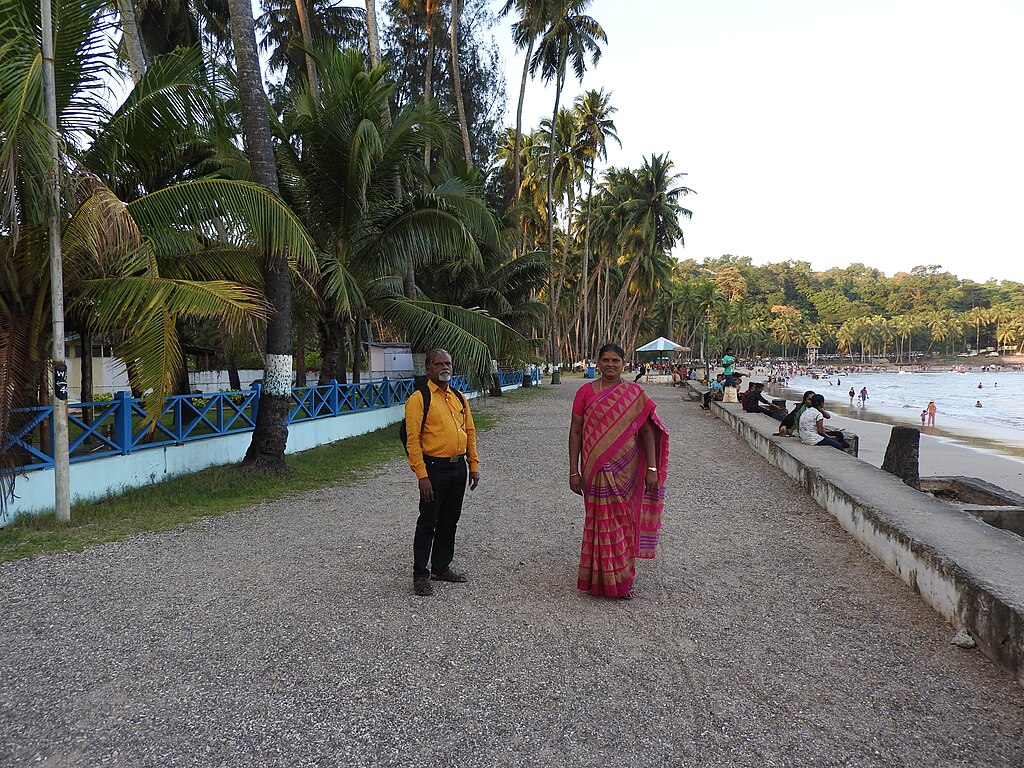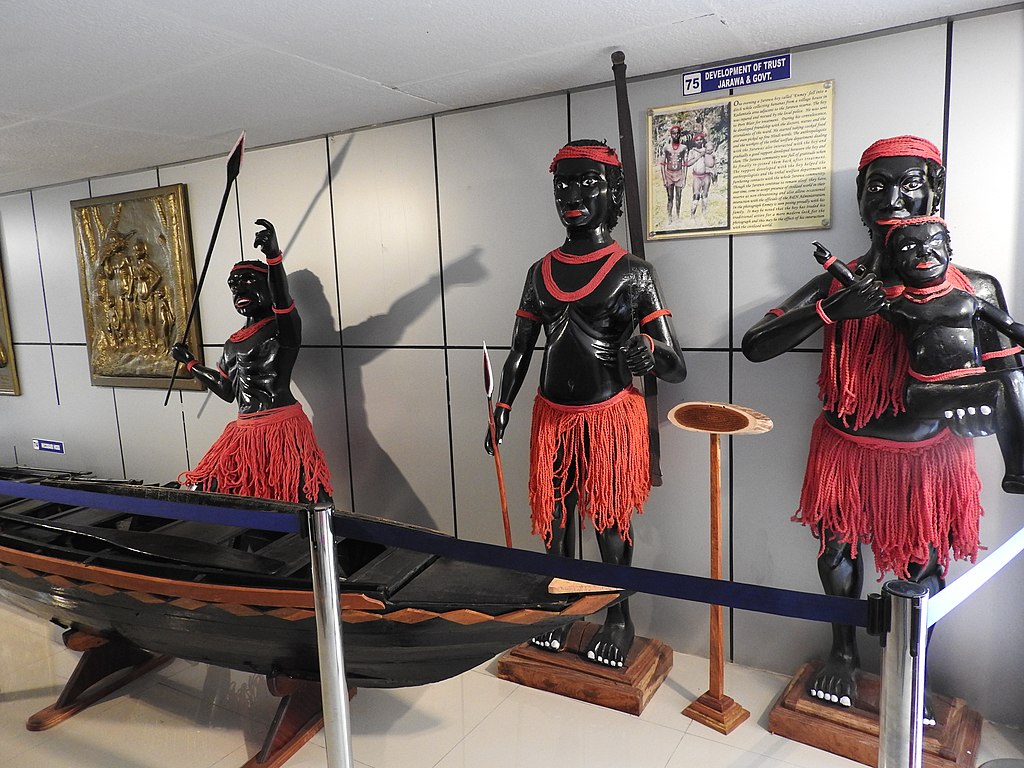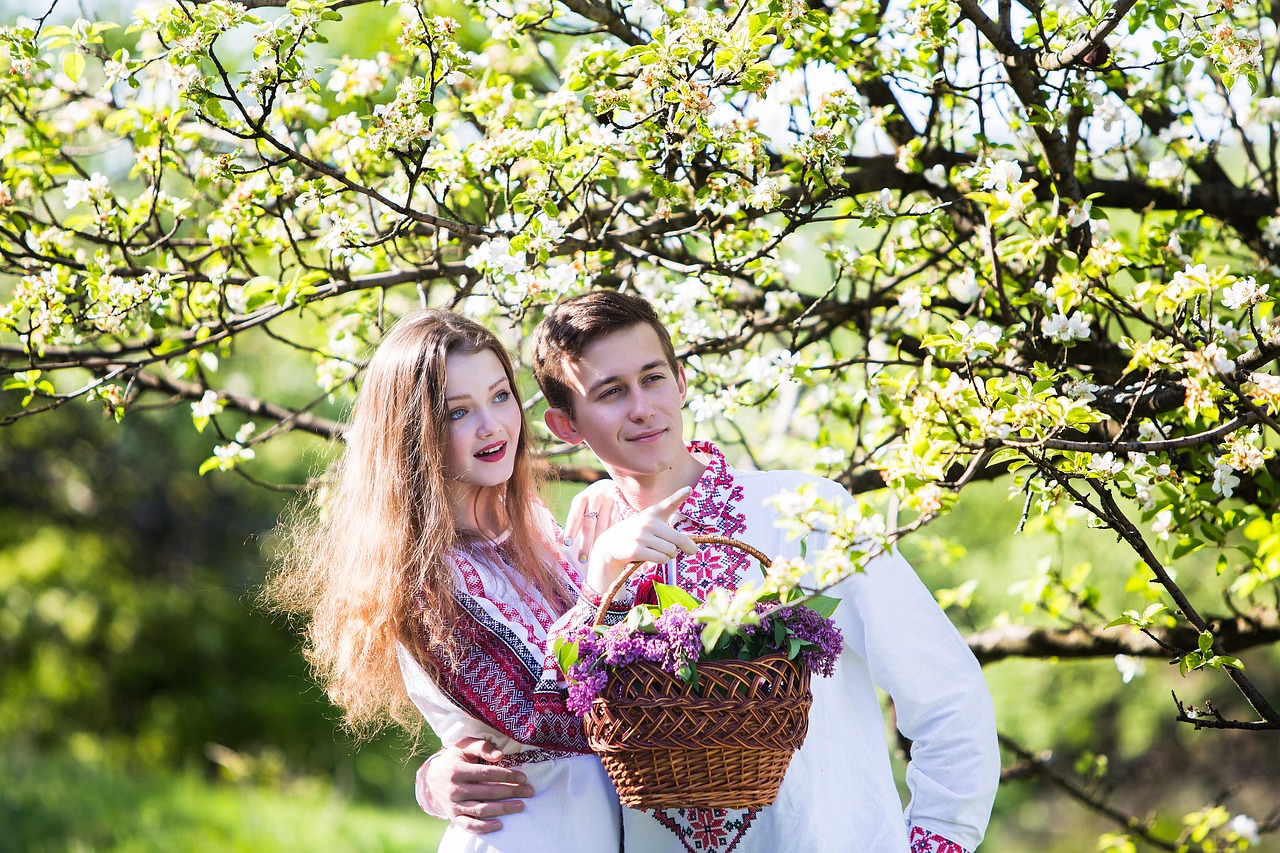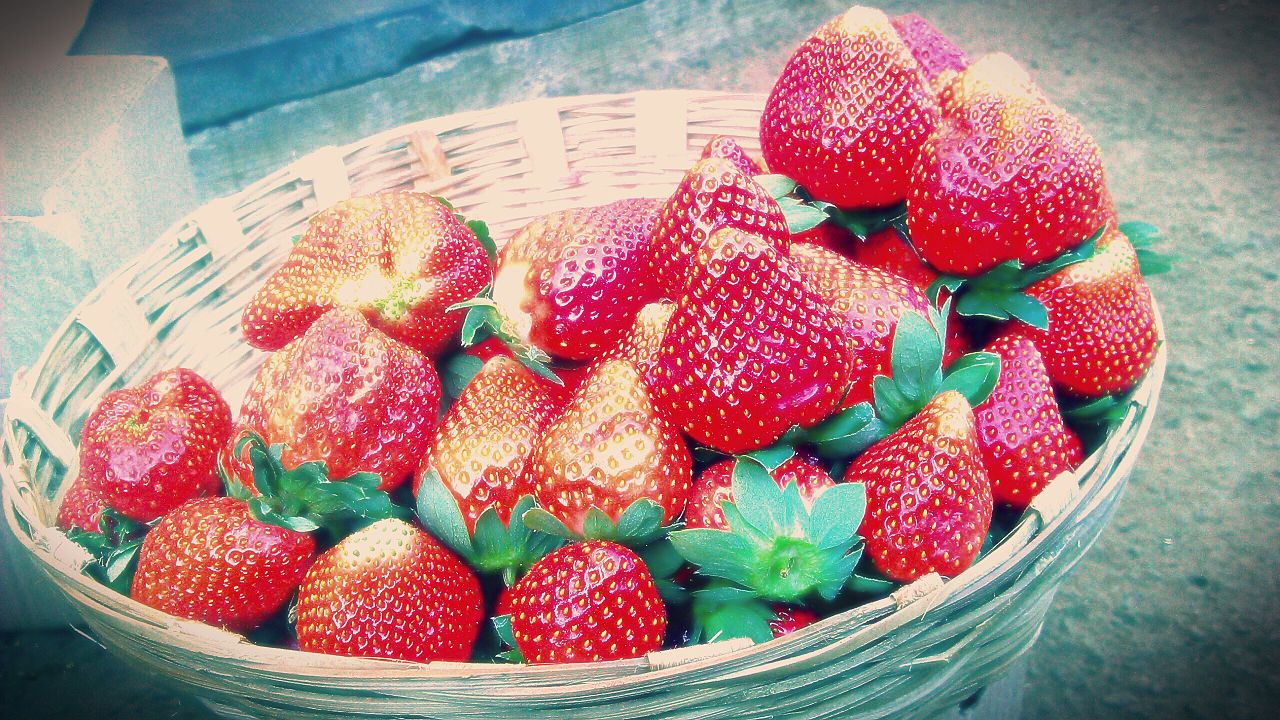Celebrating Makar Sankranti Across India: A Regional Perspective.
Makar Sankranti, also known as Pongal, Lohri, and Uttarayan, is one of the most popular Hindu festivals celebrated across India. It marks the transition of the Sun into the zodiac sign of Capricorn and the beginning of the harvest season.
The way Makar Sankranti is celebrated varies across different regions of India, but the underlying message of the festival is the same – it is a celebration of the new harvest and a time to show gratitude for nature’s abundance.
Lohri
In North India, especially in the states of Punjab, Haryana, and Himachal Pradesh, Lohri is celebrated with great enthusiasm. People gather around a bonfire, sing and dance to traditional Punjabi music, and enjoy delicious food like makki di roti and sarson ka saag.
Uttarayan
In Gujarat and Rajasthan, the festival is known as Uttarayan, and it is celebrated by flying kites. People of all ages take to the rooftops to fly kites and engage in friendly competitions.
Pongal
In the southern state of Tamil Nadu, Pongal is celebrated as a four-day harvest festival. People decorate their houses with rangolis, make sweet Pongal, and offer prayers to the Sun God.
In Maharashtra and Karnataka, the festival is celebrated with the exchange of tilgul or sesame seed sweets, which symbolize the resolution of any past bitterness and the sweetness of new relationships.
Overall, Makar Sankranti is a time to come together with friends and family, enjoy traditional food, and celebrate the bountiful harvest. It is a time to appreciate the beauty of nature and give thanks for all that it provides.
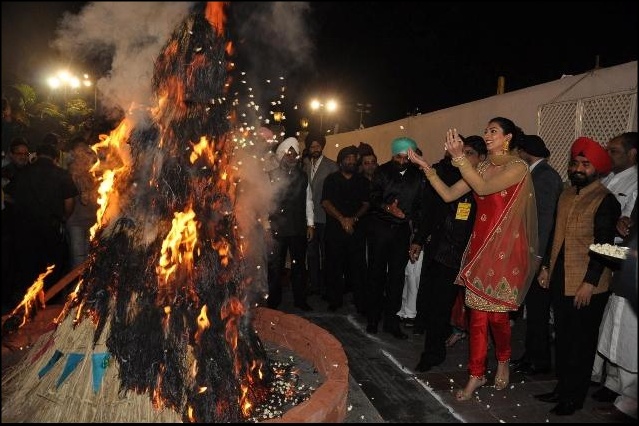
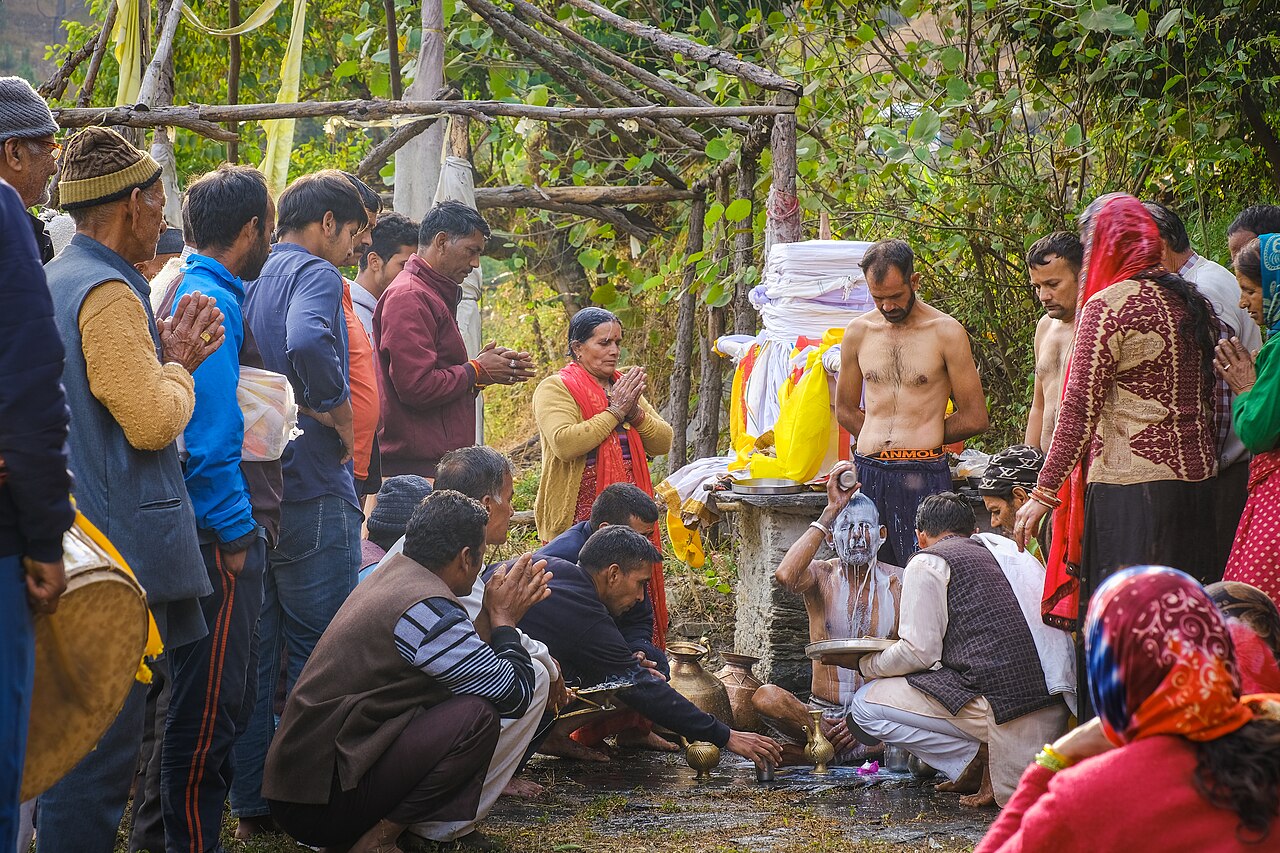
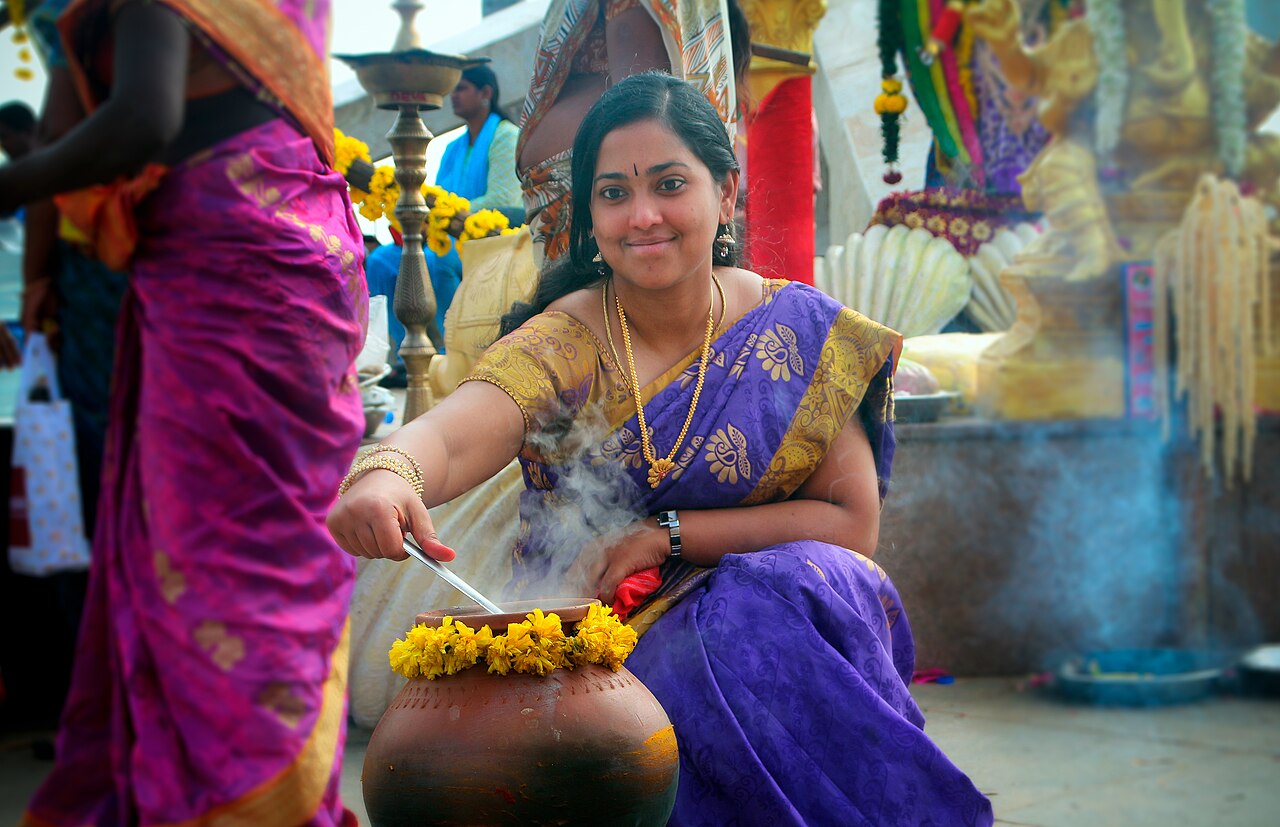
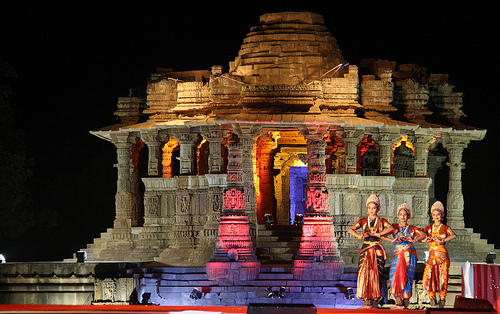
Makar Sankranti
So, whether you are in the north, south, east, or west of India, Makar Sankranti is a festival that unites the country in its celebration of the harvest and the start of a new season.
Whether you are a city dweller or from a rural area, you can celebrate Makar Sankranti in your own way and enjoy the festivities with your loved ones.
So, mark your calendars and get ready to celebrate the joyous occasion of Makar Sankranti with great fervor and enthusiasm.
Frequently Asked Questions
A: Makar Sankranti is a Hindu festival celebrated across India to mark the transition of the Sun into the zodiac sign of Capricorn and the beginning of the harvest season.
A: Makar Sankranti is known by different names in different regions of India. It is called Pongal in Tamil Nadu, Lohri in Punjab, Haryana, and Himachal Pradesh, and Uttarayan in Gujarat and Rajasthan.
A: Lohri is celebrated in North India by lighting a bonfire, singing and dancing to traditional Punjabi music, and enjoying traditional food like makki di roti and sarson ka saag.
A: Uttarayan is celebrated in Gujarat and Rajasthan by flying kites. People of all ages gather on rooftops and engage in kite-flying competitions.
FAQs
A: Pongal is celebrated as a four-day harvest festival in Tamil Nadu. People decorate their houses with rangolis, prepare sweet Pongal, and offer prayers to the Sun God.
A: In Maharashtra and Karnataka, Makar Sankranti is celebrated with the exchange of tilgul or sesame seed sweets, symbolizing the resolution of past bitterness and the sweetness of new relationships.
A: Yes, Makar Sankranti has religious significance as it marks the transition of the Sun into the zodiac sign of Capricorn. It is also a festival associated with gratitude for nature’s abundance.
A: Yes, Makar Sankranti is associated with various customs and rituals such as offering prayers to the Sun God, taking holy dips in rivers, making donations, and participating in community celebrations.
FAQs
A: Yes, Makar Sankranti is primarily a Hindu festival but people from different religions and communities in India also celebrate it with equal enthusiasm, promoting unity and cultural diversity.
A: Makar Sankranti signifies the arrival of longer days, the end of winter, and the beginning of the harvest season. It is a time to express gratitude for the bountiful harvest and nature’s blessings.
A: Yes, tourists and visitors are often welcome to join Makar Sankranti celebrations in India, especially community events and public gatherings where they can experience the vibrant culture and traditions.
A: Even if you’re not in India, you can celebrate Makar Sankranti by organizing your own festivities, preparing traditional food, flying kites, exchanging sweets, and sharing the joyous spirit of the harvest season with friends and family.

